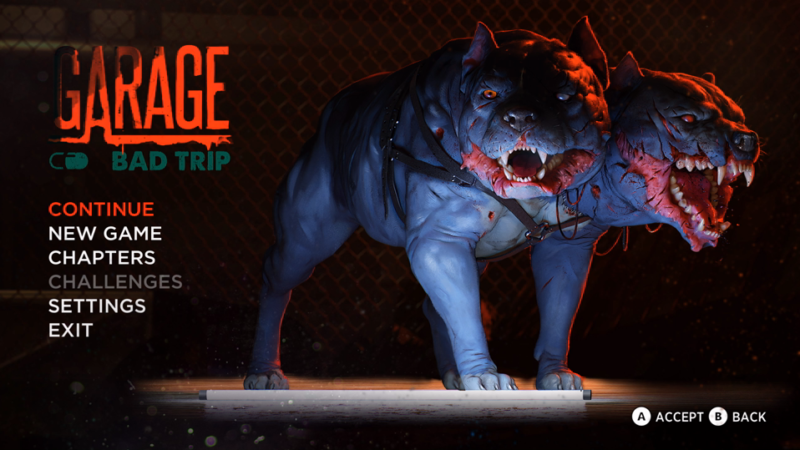
Zombie Dynamics’ top-down shooter, Garage: Bad Trip, appears to be a conventional twin-stick shooter at first glance. However, it’s a game that often embraces a slower pacing that more closely resembles a survival horror title than a wild arcade shoot ‘em up. This approach to gameplay places more emphasis on ammo management and suspense as opposed to indulging the player’s desire to build piles of zombie corpses and spent bullet casings.
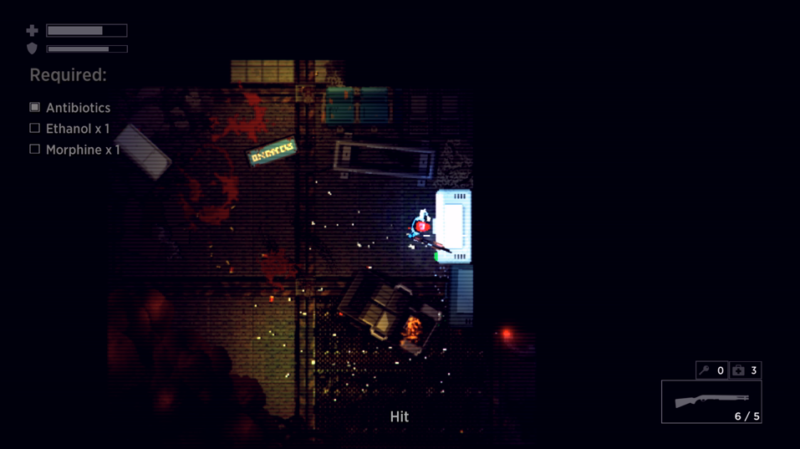
On the whole, Garage’s art direction is one of the strongest highlights of the experience. The game’s aesthetic borrows from the sort of schlocky horror movies that one might find in the direct-to-DVD section of the rental store, or from a specialty VHS shop with a penchant for violent grindhouse films. It’s an appropriately grim and gloomy take on pixel art. Rooms and hallways tend to be claustrophobic and shadowy, illuminated only by weak yellow lighting or faint red hues. Gaseous scarlet clouds become increasingly common as the campaign progresses, enemies leave bright red pools of blood behind, and the final area of the game is almost entirely colored in red tones nearly indistinguishable from the carnage the player leaves behind them. There are exceptions to this recurring motif of red light and blood, such as a raft cruise through a blueish fog filled sewer, or a psychedelic drug trip that fulfills the game’s title and plays out like a Pink Floyd laser light show. For the most part you can figure out what you’re supposed to be interacting with, picking up, etc. even with the often dark color palette. Uncovering secrets is a little more mixed, though, as the visual indicators (often a small pile of rubble beside a section of wall) tend to resemble other, unexceptional, kinds of debris too well. This occasionally leads to wasting time kicking different parts of walls under the mistaken idea that goodies might be hidden nearby.
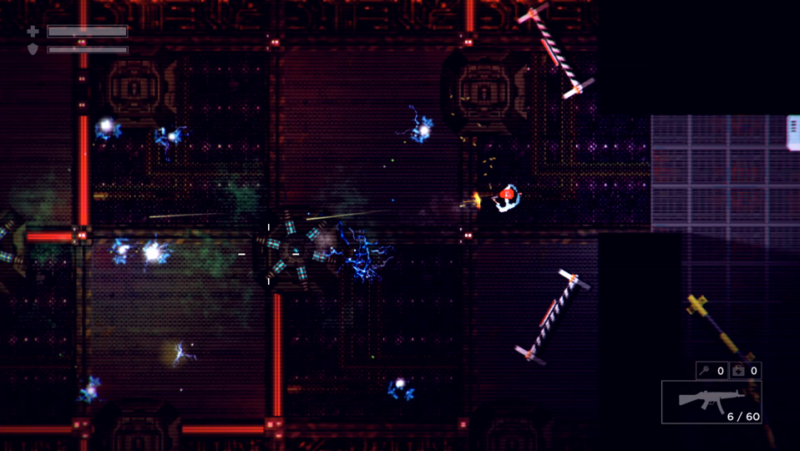
The sound design is good. Guns have a nice, punchy sound when they fire, and the zombies let out discomforting moans and roars as they chase Butch down. The soundtrack flips between a grim ambiance and adrenaline-pumping heavy metal tracks. It’s fun and serves to injects some energy at key moments to break up the moodiness. The game features a moderate amount of dialogue but no voice acting. Since there isn’t a lot of reading, the lack of voices isn’t an issue, but that could also work as an argument for why adding voice acting wouldn’t be too much to ask.
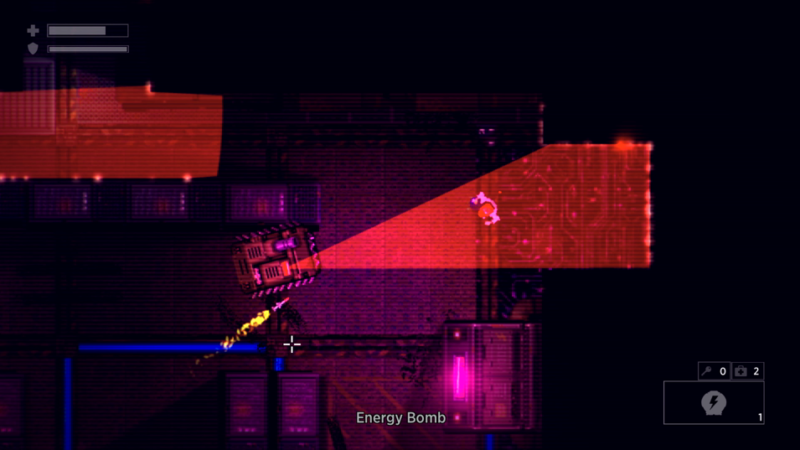
While Garage is not precisely a survival horror game, it skirts close enough to some of the genre conventions that the comparison is relevant. The protagonist, Butch, has much more limited mobility than most modern top-down shooters. Butch’s only way of evading harm that isn’t slowly walking away or killing it first is a dodge roll that can only be used about 3-4 times before he needs to catch his breath. In many top-down shooters one of the central challenges is often keeping out of reach of hordes of enemies while gradually culling them with a variety of weapons stocked with immense amounts of ammunition. Garage instead keeps the player somewhat slow compared to most of the enemies encountered and limits the ammo considerably. The distinction is important because it points to Garage being about vulnerability and survival instead of a classic shooter power fantasy. The appeal comes from overcoming the difficulty of the game, not being an unstoppable machine of destruction from the start.
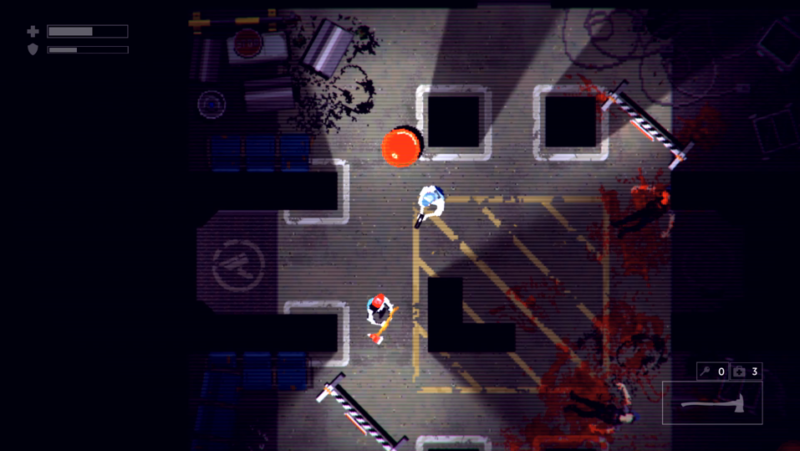
Difficulty is the main focus on the experience, and it’s both a strength and weakness. It’s astonishingly easy to get cornered and killed for the slightest mistake in this game. Garage loves to pit the player against enemies that are often faster and much stronger, but without much for the player to counterattack with. Ideally, you want to fight at range, and around a third into the game ammo and guns start to become readily available to make survival much more feasible. It’s satisfying to go through some of the longer levels and take down enemies in small, focused ambushes or firefights where you can take full advantage of the environments. On the other hand, melee combat is woefully inefficient due to a lack of invincibility frames for Butch after being damaged and imprecisions in the aiming system that make getting close to enemies mostly counterproductive unless you attack from stealth. Even against mere rats, death can come frustratingly quickly as Butch must kick them a couple times each with near pixel-perfect accuracy, shoot them with equally precise aim, or suffer grievous bites. Common zombies rush Butch down almost quicker than he can perform a dodge roll, and have no limits to their stamina, unlike the player who is limited to only a few sequential dodges before Butch needs to recover. The dodge roll also interrupts reloading weapons and has a half second of delay after performing it before Butch can move again. Soldiers can practically snipe Butch across rooms with remarkably quick reaction time. By comparison, Butch’s most accurate weapons are the starting pistol and the M16 that is unlocked late into the game. Every other weapon has a degree of random bullet spread that, combined with the sensitive aiming system, makes combat border on the frustratingly unfair at times.
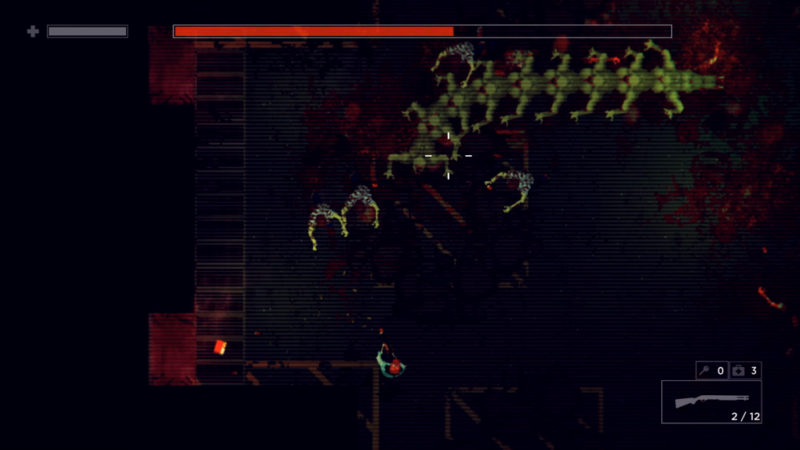
The game feels more comfortable once it begins delivering ammo regularly and allowing melee combat to be mostly disregarded. Even so, however, Butch’s limited mobility makes fighting against the often quicker enemies a contest between satisfying challenge and frustrating trial-and-error. Many of the enemies are tireless speed demons that have tight tracking and keep up with Butch easily even while rolling repeatedly to try and create distance to reload or attack without being immediately punished for it. Combined with the lack of invincibility frames after taking damage and Butch can be killed in a couple seconds by enemies chaining attacks on him–whether in the open or literally cornered. The game is at its best with small encounters with a few dangerous enemies and enough space for the player to take advantage of cover or a clear path to retreat from charging foes. The game also has an odd affection for “gotcha” moments where the player is almost immediately killed or nearly killed after opening a door only to have multiple zombies or armed soldiers rush out and claw/gun them down. There’s a fine line between thoughtful, challenging gameplay and playing tricks on the player just for the sake of difficulty. One is rewarding, and the other is a fun inside joke for the developer that comes at the cost of annoying the player.
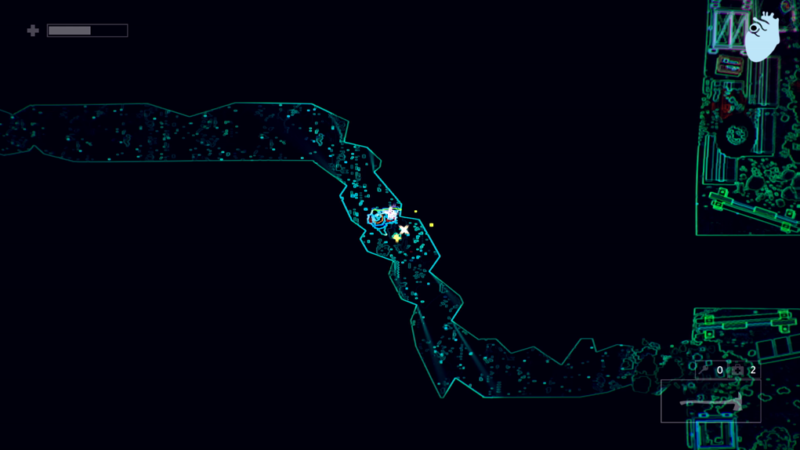
A special distinction needs to be given to the final boss of Garage. Without spoilers, it isn’t a great time because it works against what makes the majority of the game play decently. The final boss involves endless waves of enemies constantly harassing the player while a small, well protected, and constantly moving target at the center of the room serves as the boss itself. Enemies drop ammo packs every time one is killed, but the time it takes to not only kill these waves of enemies but to also reload and then clear away the boss’ defenses for a chance at actually damaging it is quite brief. The boss’ defenses return instantly if the player gets too close, and after enough damage has been dealt. Butch’s weapons have relatively small clips of ammo that go quickly, so this final boss that plays much more like a traditional top-down shooter combines limited mobility with limited ammo and unforgivingly high damage while dealing with the most enemies the game ever throws at the player simultaneously. It’s a disappointing low point in a game that generally plays quite well.
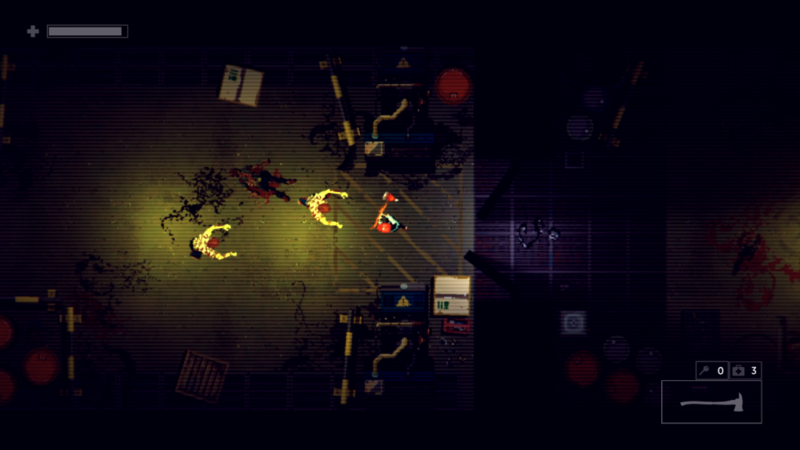
Garage: Bad Trip is a stylish game that mostly handles its gameplay idiosyncrasies well enough to be an enjoyable time. It’s not always a consistent experience, and the game is a bit too much in love with trying to be difficult, but the curious mixture of survival horror-lite and top-down shooter combat meshes nicely more times than not.
7/10
Here is the Garage: Bad Trip Steam Launch Trailer:
Garage: Bad Trip is available for PC and Mac via Steam.
PC Review
-
Overall Score - 7/107/10
I've been gaming for 22 years, ever since my mom picked up a secondhand NES, and I've played on just about every gaming platform out there since. I think video games are one of most innovative and artistic mediums in the world today, and I'm always curious how developers will surprise me next.

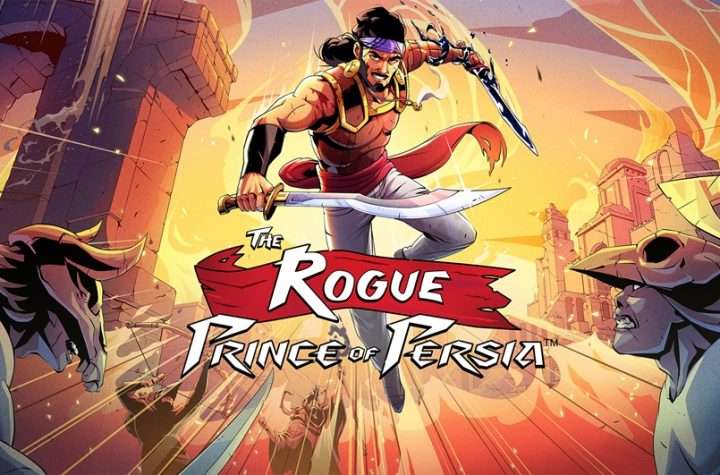
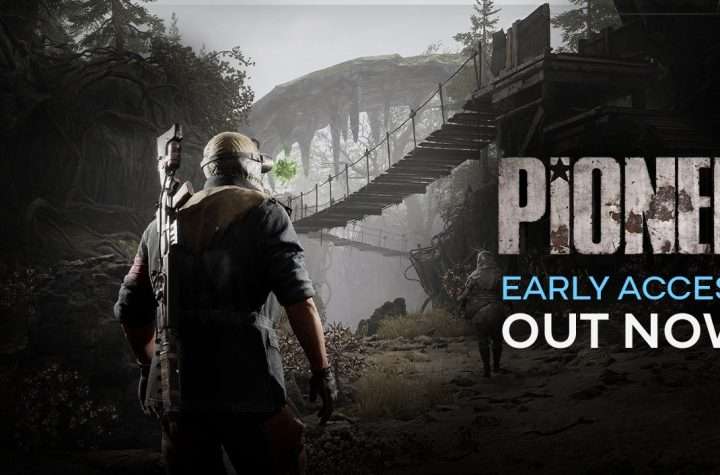
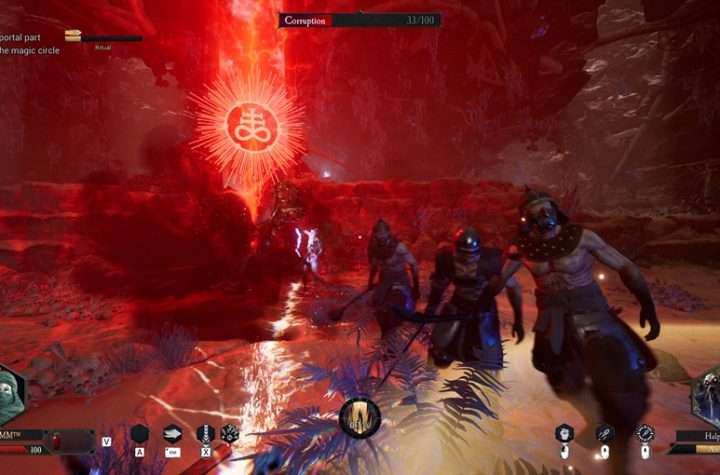
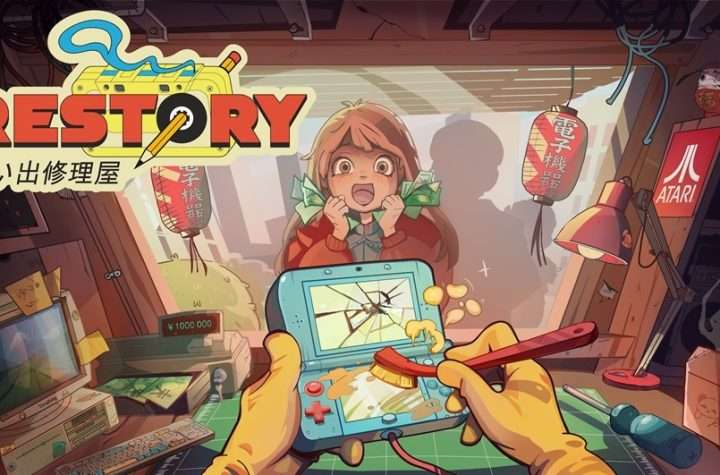
More Stories
Highly Anticipated Post-Apocalyptic MMO FPS, PIONER, Launches on Steam Early Access
DAIMON BLADES Preview for Steam Early Access
ReStory Preview for Steam